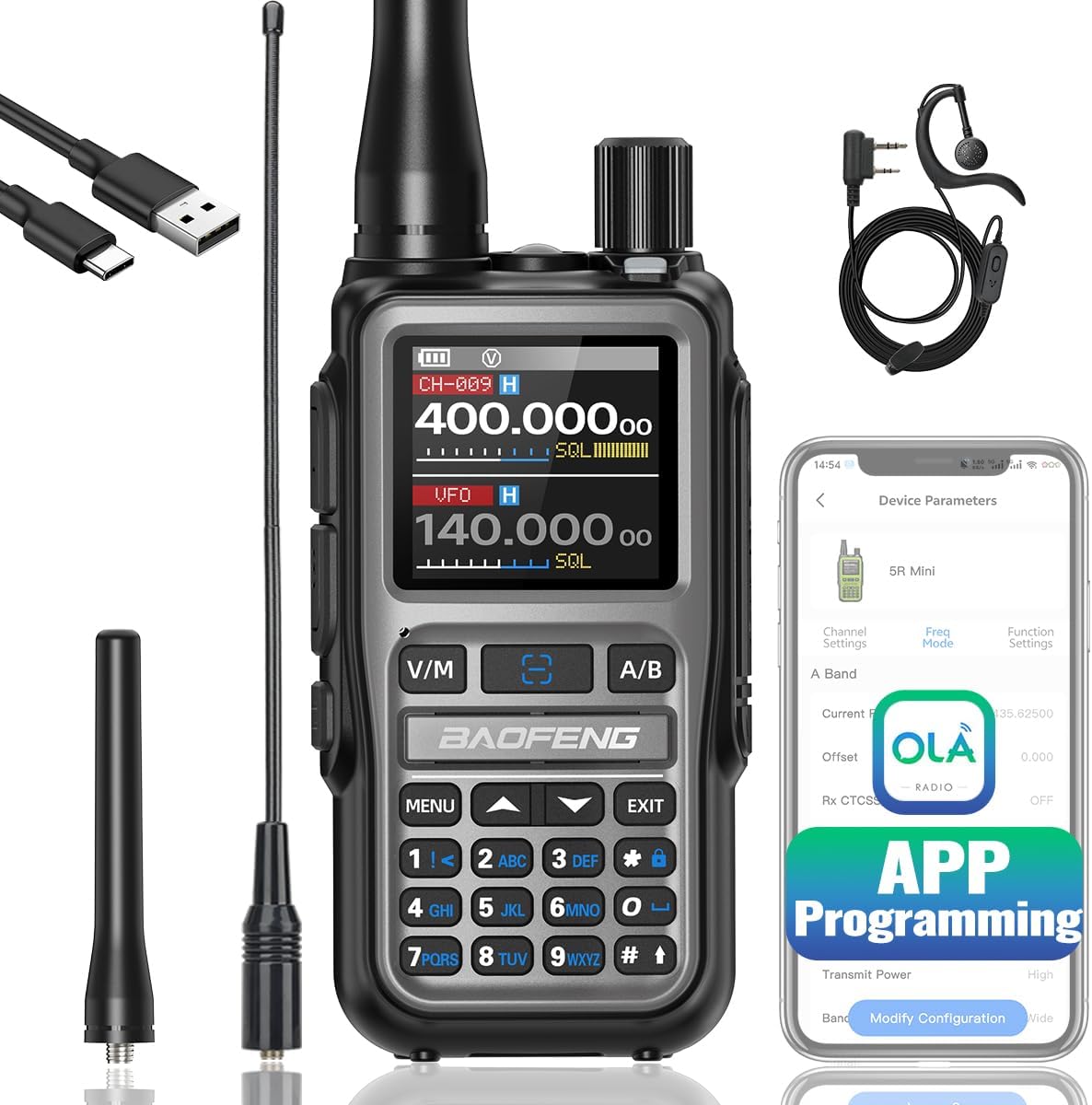
The Hustler 4-BTV is a well-regarded vertical antenna designed for amateur radio operators seeking efficient communication across multiple HF bands. It covers the 10, 15, 20, and 40-meter bands, making it a versatile choice for operators looking to maximize their station's capabilities without the need for multiple antennas. This article delves into the features, specifications, installation, performance, and potential drawbacks of the Hustler 4-BTV.
Overview and Key Features
The Hustler 4-BTV is a compact vertical antenna specifically designed for the HF amateur radio bands. It is constructed with high-quality materials, including aluminum elements that ensure durability and resistance to environmental wear. The antenna features:
- Frequency Coverage: 10, 15, 20, and 40 meters, enabling a wide range of HF communications.
- Height: Approximately 17 feet tall, which allows for effective performance while being manageable in terms of installation.
- Base Loading Coil: Each band has a dedicated loading coil, which allows for better efficiency and bandwidth.
- Vertical Polarization: Being a vertical antenna, it offers omni-directional coverage, making it ideal for local and DX (long-distance) communications.
- Easy to Assemble: The antenna comes with clear instructions and can be assembled without specialized tools, making it accessible for beginners.
Specifications
- Frequency Ranges:
- 10m: 28.0 - 29.7 MHz
- 15m: 21.0 - 21.45 MHz
- 20m: 14.0 - 14.35 MHz
- 40m: 7.0 - 7.3 MHz
- Maximum Power Rating: 500 watts PEP (peak envelope power).
- Construction Material: Aluminum and stainless steel hardware.
- Weight: Approximately 12 lbs (5.4 kg), making it relatively lightweight for a vertical antenna.
Installation
The installation process of the Hustler 4-BTV is straightforward, but attention to detail is important to ensure optimal performance. Here are the key steps:
Location: Choose a location that provides a clear line of sight to the horizon. A ground plane or radial system will enhance performance.
Assembly: The antenna components should be assembled according to the provided instructions. The loading coils for each band are pre-wired and should be carefully attached to avoid any short circuits.
Mounting: The antenna can be mounted on a pole or mast. Ensure that the mounting structure is sturdy enough to withstand wind and other environmental factors.
Radials: While the Hustler 4-BTV can be used without radials, incorporating a ground radial system will significantly improve performance, especially on the lower bands.
Tuning: After installation, use an SWR meter to check the standing wave ratio. Adjustments may be needed to achieve the desired resonance on each band.
Performance
Users of the Hustler 4-BTV have reported positive experiences regarding its performance. Here are some key performance attributes:
Efficiency: The antenna is known for its efficiency across the bands it covers. The loading coils and vertical design help to maintain a good radiation pattern, which is crucial for DX communications.
Bandwidth: The Hustler 4-BTV provides acceptable bandwidth on all bands, though users may need to fine-tune for specific frequency usage.
Radiation Pattern: As a vertical antenna, it offers a low-angle radiation pattern, which is beneficial for long-distance communications, especially on the lower bands like 40m.
Noise Performance: The vertical orientation can pick up more noise, particularly from urban environments. Operators often pair the antenna with noise-reduction technologies or additional filtering to mitigate this issue.
Pros and Cons
Pros:
- Multi-band Operation: Covers four major HF bands, making it versatile for different operating conditions.
- Compact Design: Its relatively small height is ideal for limited-space setups.
- Durable Construction: Built with quality materials, it withstands various weather conditions.
- Good Performance: Generally provides effective communication capabilities across the specified bands.
Cons:
- Ground Requirements: Optimal performance is heavily dependent on a good ground system or radials.
- Noise Sensitivity: Can be more susceptible to noise in urban settings compared to other antenna types.
- Limited to Four Bands: Operators requiring additional bands may need supplementary antennas.
Conclusion
The Hustler 4-BTV HF Vertical Amateur Ham Radio Base Antenna is an excellent choice for amateur radio enthusiasts looking for a compact and versatile antenna system. Its solid performance across multiple bands, ease of installation, and durable construction make it a popular option among operators. However, potential buyers should consider their operating environment and the necessity of a ground system to maximize the antenna's effectiveness. Whether you’re a seasoned operator or a newcomer to amateur radio, the Hustler 4-BTV presents a reliable solution for engaging in HF communications.













